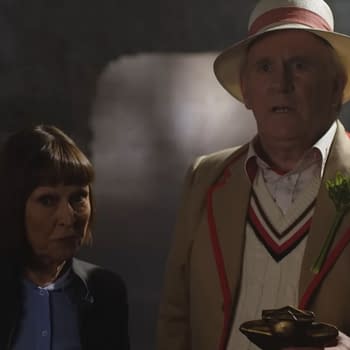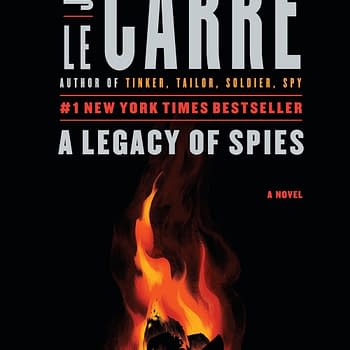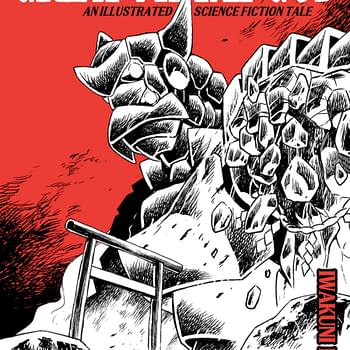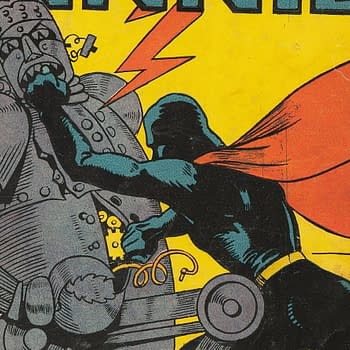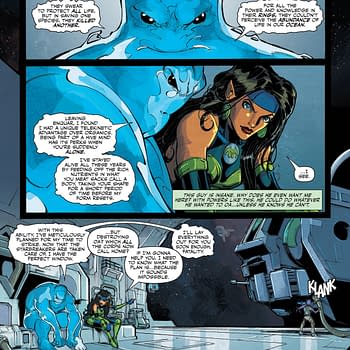Posted in: Comics, Manga, Netflix, TV | Tagged: Dear Hongrang
Dear Hongrang: How Do The Webcomic and Netflix's K-Drama Compare?
Dear Hongrang is an interesting test case for how Korean webcomics are adapted into live-action K-Drama and the changes that are made.
Live-action K-drama adaptations of popular South Korean digital comics are standard procedure these days. Dear Hongrang is an interesting case study in the change from comic to live-action television. Both the comic and the K-Drama hit all the tropes of romantic melodrama, tell the same story, but in different ways, and both versions come with trigger warnings that could fill a phonebook, but that's what the fans of the genre demand and expect.
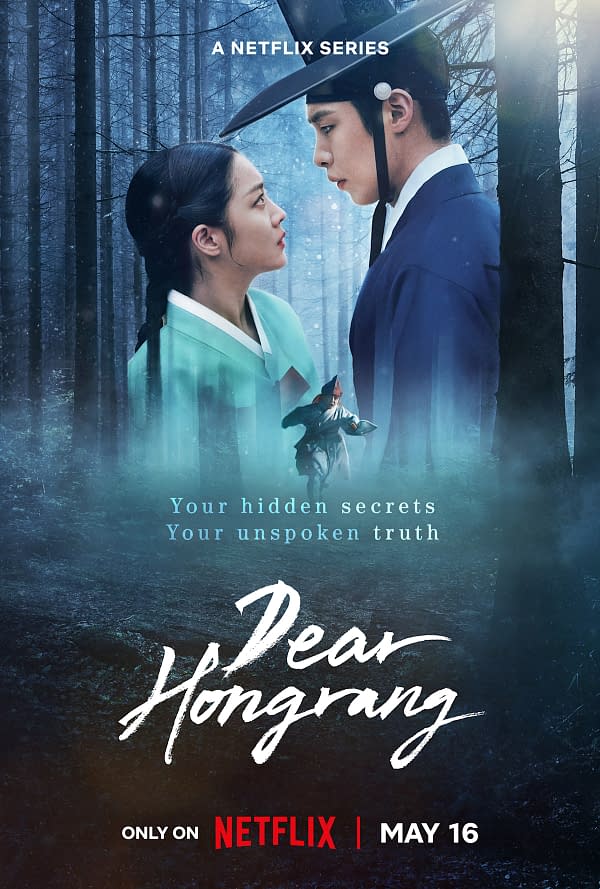
Dear Hongrang is about loss. When Jaeyi's beloved half-brother Hongrang suddenly disappears during their childhood, she bears the brunt of her wealthy family's scorn for years, which makes her the Jane Eyre-style heroine, which is a common trope in the genre. Ten years later, a man claiming to be Hongrang appears, with much to gain should he truly be who he claims – power, prestige, restoring the family name and reputation. Though Jaeyi can feel that something is off, the two seem somehow drawn to each other. Whether he's the real Hongrang or not, he has secrets and an agenda, think The Count of Monte Cristo. Nefarious plots, secret identities, betrayals, assassination attempts, murders, and the obligatory love triangle ensue.
Dear Hongrang: Which is Better or Are They Just Different?
Korean and Asian period romantic melodramas start off as tragedies and race toward more tragedy and bittersweet endings. By "bittersweet", it usually means the lovers don't get to be together at the end for their "happily ever after". Usually, it means one of them is dead or otherwise forever separated. That's the trope that Dear Hongrang follows to a T. The digital comic serial, which runs at 61 chapters, has a beginning, middle, and end adapted from a webnovel, which means it has already made some changes to the original prose version.
The live-action K-Drama version changes the story and structure further to follow the conventions of television. There's a greater emphasis on action and bloody violence. Child abduction, murder, and torture abound through the plot, and characters continue to get tortured through the series because this is a K-Drama after all, and it's enough to trigger some viewers constantly under the climax, which is supposed to provide catharsis by showing the villains finally getting theirs. Where the Manta webcomic concentrates more on emotional confrontations between the characters, the Netflix K-Drama places greater emphasis on action and bloody violence to punctuate the stakes. The villains are dastardly and hateful as you would expect, but this being a Korean drama, features one Big Bad so perversely, psychotically evil it almost makes the story transcendent, including the retribution he receives at his comeuppance.
Two Types of Tearjerker with the Same Story
It's hard to say whether the comic or live-action version of Dear Hongrang is more over-the-top. They both are, but the pacing is different, and perhaps the live-action version has the edge—it's faster and racier. The realism of human actors and their emotions feels more authentic than the exaggerated expressions of manhwa drawings. Ultimately, they both reach the same place, an ending meant to be a tearjerker, but the Netflix version might win out.
Dear Hongrang is streaming on Netflix. The webcomic serial version is on Manta. Both are complete.



